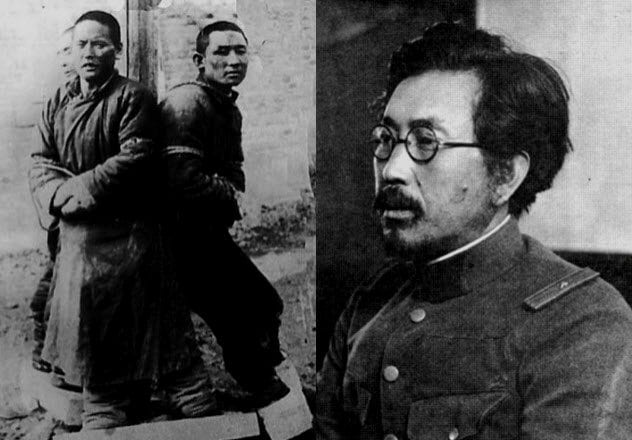The Most Bizarre Japanese Human Experiments
The terrible biological and chemical warfare research section of the Imperial Japanese Army, Unit 731, is responsible for some of the most unsettling “experiments” that it has ever carried out.
None of the locations in which World War II was fought saw such a sustained period of activity as the Pacific Theater. In truth, Japan unquestionably initiated the war by invading Manchuria in 1931, and it unquestionably invaded China in 1937 to start the war.
These invasions shook China to its very core, causing a civil war and hunger that possibly killed more people than currently reside in Canada and Australia put together and lasted until the country was “liberated” by the Soviet Union in 1945.
The Bizarre Frostbite Experiment
Physiologist Yoshimura Hisato, who was assigned to Unit 731, had a particular fascination with hypothermia. Hisato habitually dunked inmates’ limbs in a tub of ice-filled water and held them there until the arm or leg had frozen solid and a layer of ice had developed over the skin as part of Maruta’s study on limb injuries. One eyewitness claimed that when hit with a cane, the limbs sounded like a plank of wood.
Then, Hisato experimented with several techniques for quickly rewarming the frozen appendage. He did this occasionally by dousing the limb in hot water, occasionally by keeping it next to an open flame, and occasionally by leaving the individual untreated overnight to determine how quickly their own blood might thaw it out.
They regularly subjected dehumanized test subjects, known as “logs” to the cruel experiments. Unit 731 was able to demonstrate that the best way to cure frostbite was to submerge the affected area in water that was just above 100 degrees but not above 122 degrees.
No one who participated in these experiments is known to have survived; those who did not pass away from infection were slain so that their autopsies could be analyzed, and in the final days of the war, all surviving prisoners were killed to wipe out evidence. Human reactions to subfreezing temperatures and other harsh circumstances were also tested in several tests.
Unit 731 Weapon Tests
The Japanese Army was obviously interested in the efficiency of various weaponry. Unit 731 herded detainees onto a firing range to test the effectiveness of its various Japanese weaponry, including the Nambu 8mm pistol, bolt-action rifles, machine guns, and grenades. Then, on the bodies of the deceased and critically ill inmates, wound patterns and penetration depths were compared.
Although the convicts were typically shackled for these experiments, bayonets, swords, and knives were also evaluated in this manner.
On both covered and exposed skin, flamethrowers were also put to the test. Additionally, test subjects were exposed to nerve gas and blister agents in gas chambers that were set up at unit facilities.

Thousands of research subjects were sterilized and died by continuous X-ray exposure, which also caused terrible burns when the emitting plates were too close to the individuals’ faces, genitalia, or nipples.
